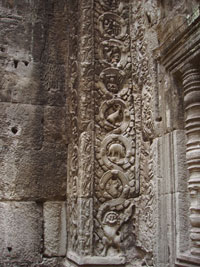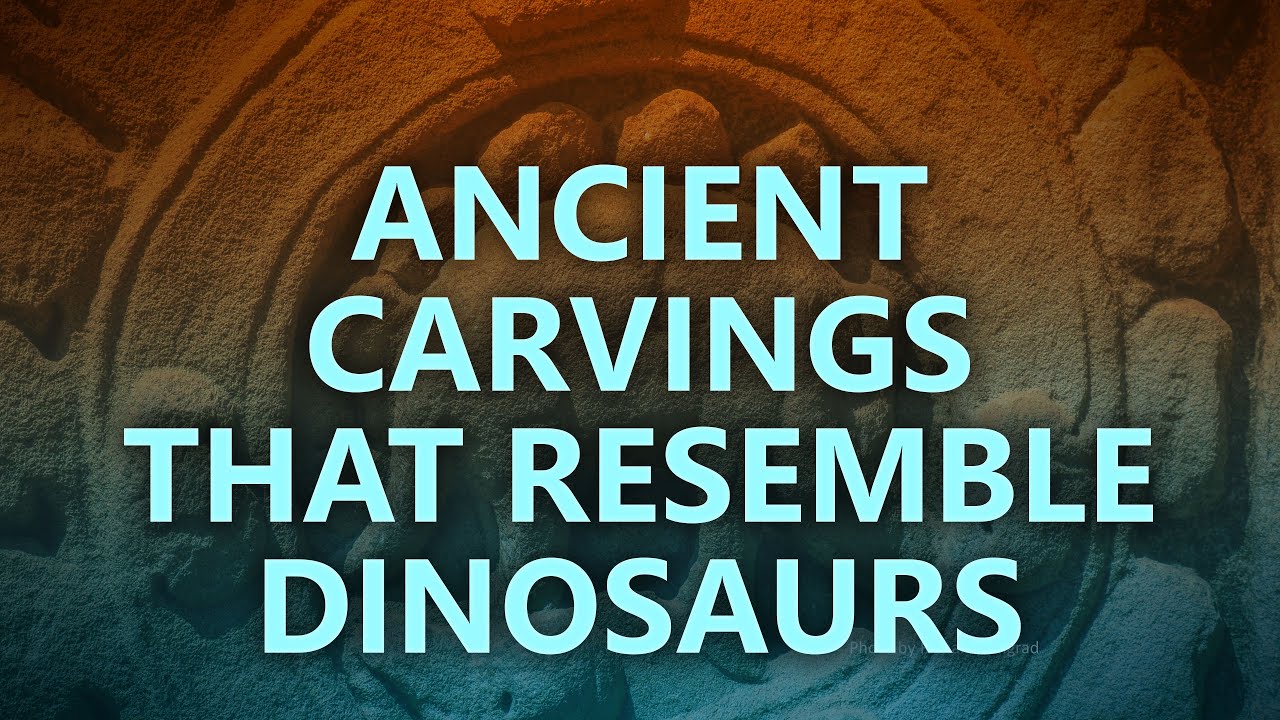Angkor saw a stegosaur?

Stone carvings adorning the temples of Angkor, reclaimed from the jungles of modern-day Cambodia, depict aspects of everyday life along with Hindu and Buddhist mythology. They are 800 years old.
One of the glyphs1 appears to show what even most children today would readily identify as Stegosaurus, a dinosaur that evolutionary paleontologists say became extinct millions of years ago—supposedly long before man walked on this planet.

So how to explain the stegosaur glyph? There were no paleontology textbooks 800 years ago to show the ancient carvers what a reconstructed stegosaur fossil would have looked like.2 Clearly, the evolutionary history is wrong. Instead, dinosaurs once lived alongside man, just as the Bible says (Genesis 1:24–28, 6:19–20, 8:15–19; Job 40:15–19),3 which explains how the ancient people of Angkor could know what a stegosaur looked like.
References and notes
- From the temple of Ta Prohm. Maier, C., The fantastic creatures of Angkor, unexplainedearth.com, 9 February 2006.
- Even in the unlikely event that the ancient jungle-dwellers could have extricated a fossil from rock without modern techniques, it would not be obvious from the fossil alone what the original animal looked like. That has required the accumulation of specialist knowledge in modern times.
- See also Batten, D. (Ed.) et al., The Creation Answers Book, chapter 19: ‘What about the dinosaurs?’, pp. 235–253, Creation Ministries International, Brisbane, Australia, 2006.






Readers’ comments
Comments are automatically closed 14 days after publication.